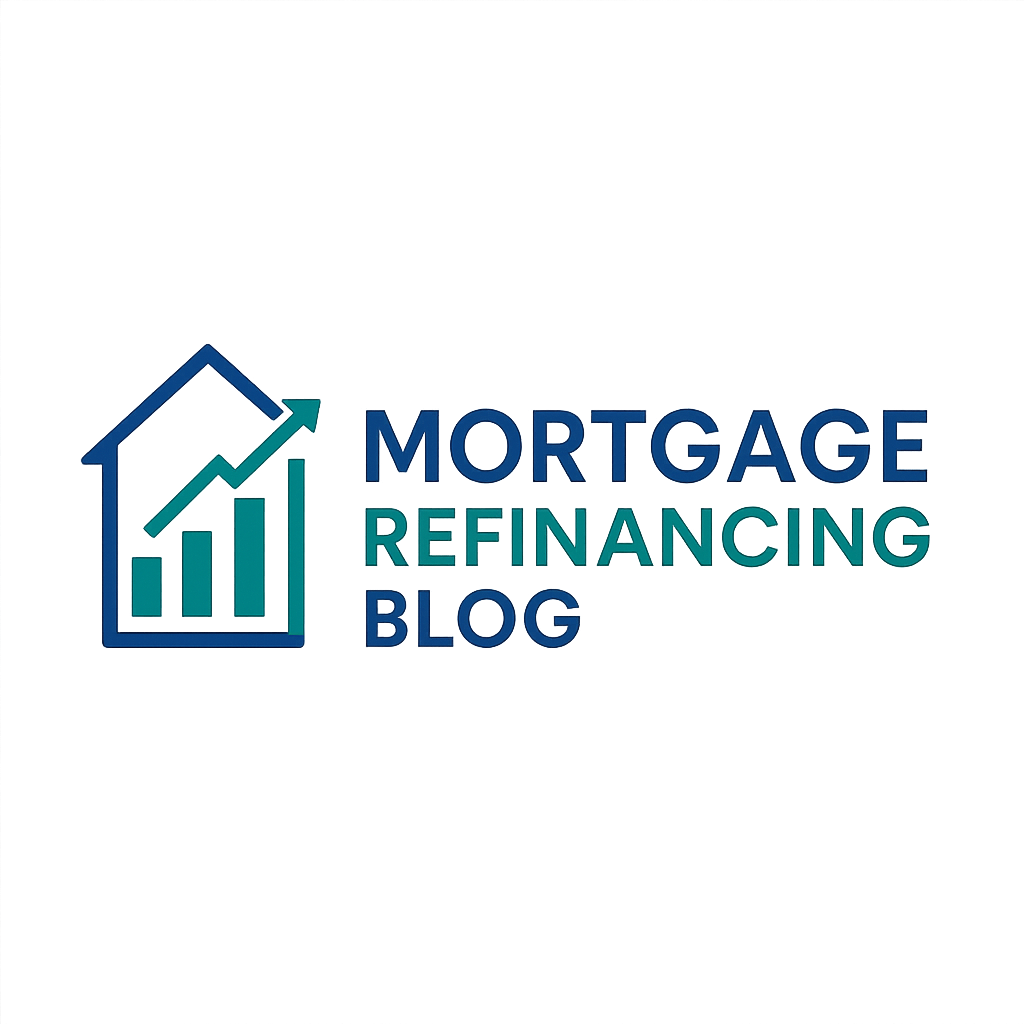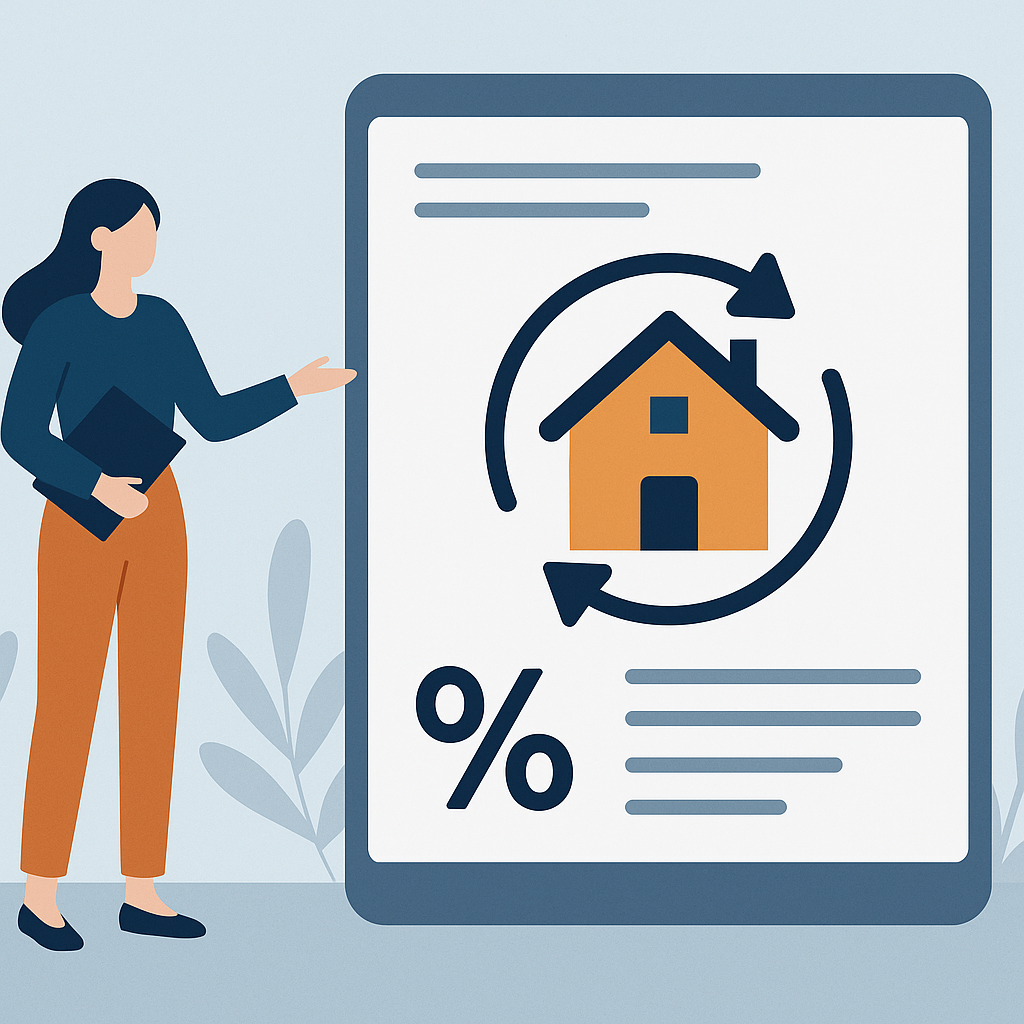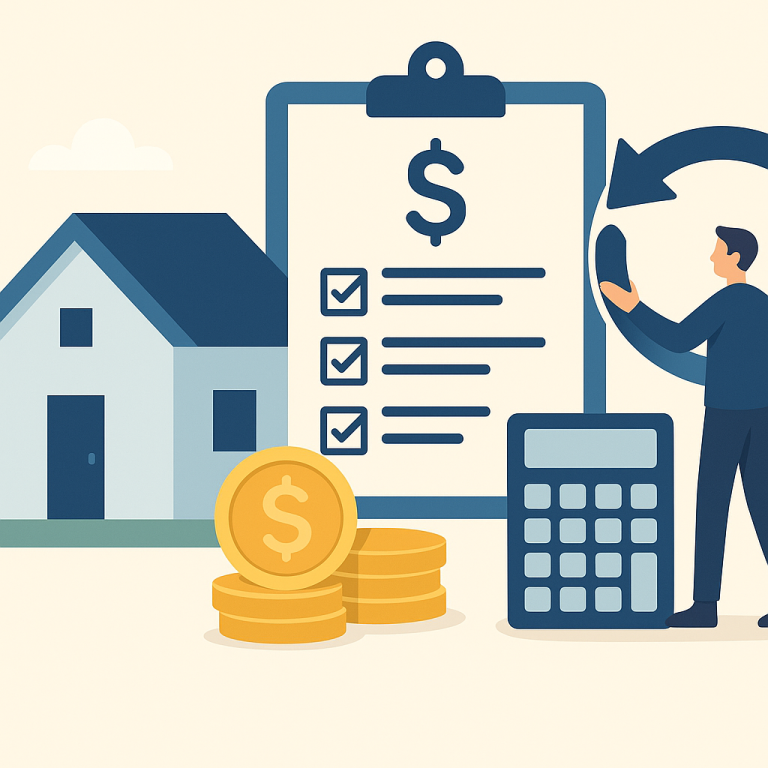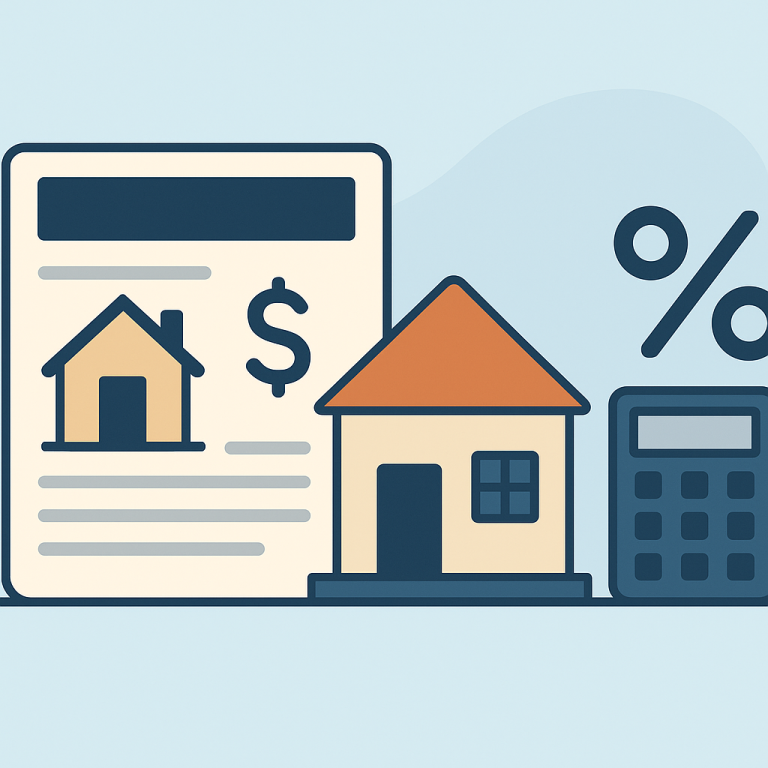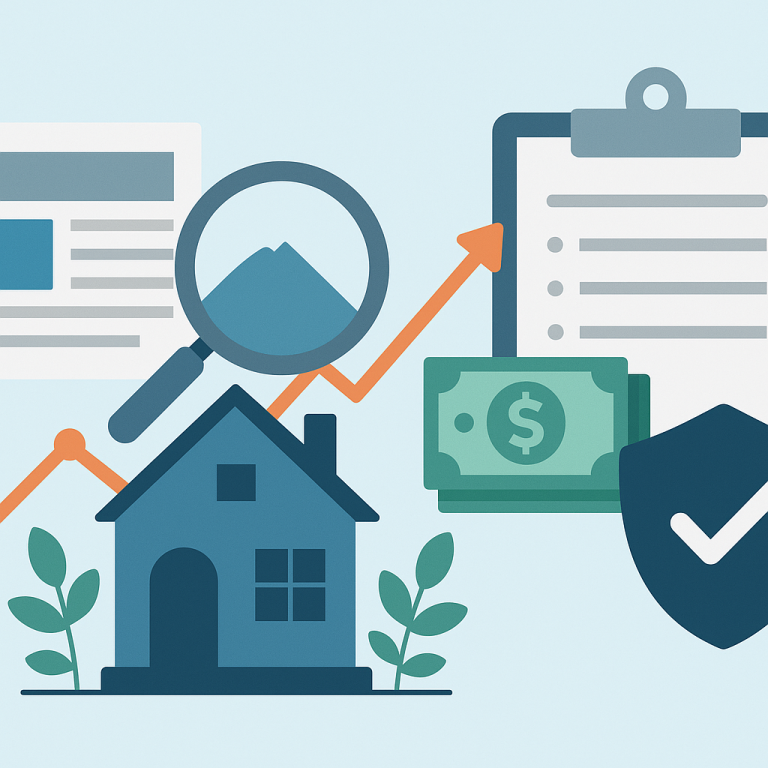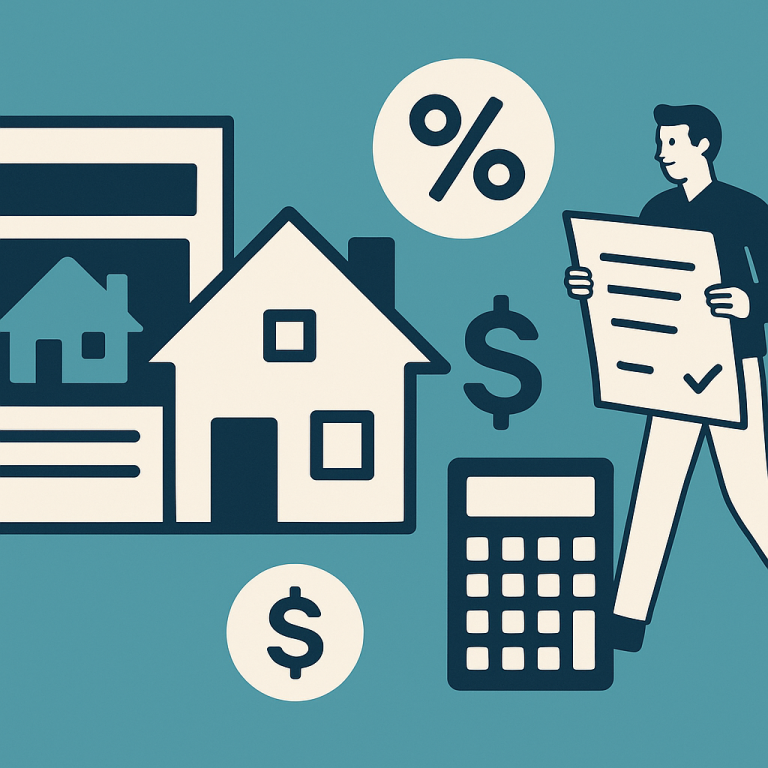30-Year Refinance Rates Drop To 4.25%, Sparking Surge In Refinance Applications
Moderating Rates Prompt More Homeowners to Revisit Refinance Decisions — Focus on Break‑Even and Loan‑Term Tradeoffs
As mortgage rates moderate from recent highs, many homeowners are finding reason to reassess whether refinancing their mortgage makes sense. The decision is less about the headline interest rate and more about individual circumstances: how long a homeowner plans to stay in the home, the cost of refinancing, the change in monthly payment, and whether the goal is lower payments, a shorter term, or cash-out proceeds.
Refinance activity tends to respond to shifts in market rates, but the financial benefit varies widely. A lower nominal rate does not automatically translate to savings once closing costs and fees are considered. Those upfront costs determine the break-even period — the time needed for monthly savings to cover what was paid to refinance — and are a critical factor in evaluating any refinance offer.
Borrowers also face tradeoffs around loan term. Switching to a shorter-term mortgage can accelerate equity building and reduce total interest paid over the life of the loan, but it usually increases the monthly payment. Conversely, extending the loan term can lower monthly payments in the near term while increasing total interest costs. Homeowners with different priorities — cash flow versus overall interest savings — will reach different conclusions.
Cash‑out refinancing has drawn attention among homeowners who want to tap home equity for renovations, debt consolidation, or other uses. While it can consolidate higher-interest obligations into a single mortgage rate or provide sizable liquidity, it increases the outstanding mortgage balance and can raise monthly payments. Homeowners should weigh the purpose of funds against the long-term implications of larger principal balances.
Another common motivation is moving from an adjustable-rate mortgage to a fixed-rate product for payment predictability. For households that prioritize stability in their housing costs, locking in a fixed rate can be worthwhile even if the immediate rate reduction is modest. Conversely, those comfortable with potential rate variability and with plans to sell or refinance again within a few years may find an adjustable product acceptable.
When comparing offers, look beyond the nominal interest rate. Annual Percentage Rate (APR) reflects lender fees and gives a better picture of the total cost of borrowing. Shop multiple lenders, compare APRs and fee breakdowns, and ask for a detailed Good Faith Estimate so you can calculate your break-even point.
Homeowner Takeaways
- Calculate the break-even period before deciding: include closing costs, fees, and how long you expect to keep the home.
- Decide whether your priority is lower monthly payments, reduced total interest, or accessing equity — each goal favors different refinance strategies.
- Consider loan-term tradeoffs: shorter terms save interest but raise monthly payments; longer terms lower payments but increase total interest.
- For cash-out refinances, compare the cost of borrowing to alternatives and remember larger loan balances affect future financial flexibility.
- Compare APRs and fee itemizations across multiple lenders rather than focusing solely on the headline rate.
- Review credit profile and documentation requirements in advance to improve the chances of favorable offers.
Refinancing can be a useful financial tool when aligned with a homeowner’s timeline and goals. A careful comparison of costs, terms, and personal plans typically yields the clearest answer on whether to refinance now, later, or not at all.
META: topic:refinancing; angle:break-even and loan-term tradeoffs; audience:homeowners; format:news article
